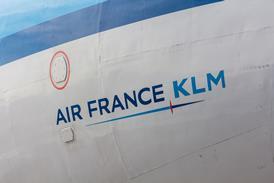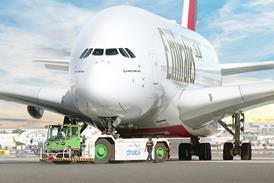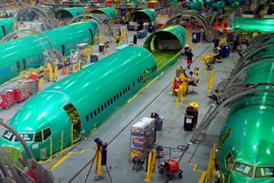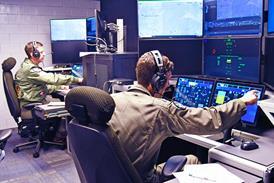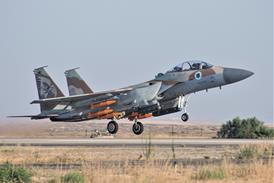Singapore’s Changi Airport will embark on a series of infrastructure upgrades, investing about S$3 billion ($2.3 billion) across six years to improve services like baggage handling, immigration, as well as expand existing airport infrastructure.
Announcing the improvement works, airport operator Changi Airport Group (CAG) says the investments will be mostly funded through an increase in airline charges and passenger fees.
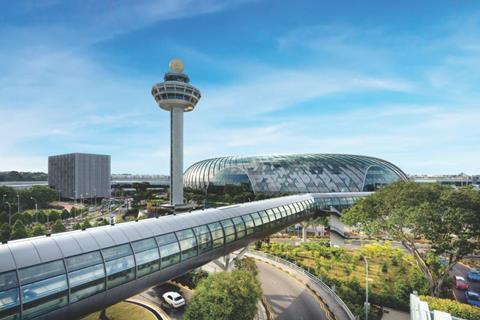
Among the raft of upgrades announced, CAG will refurbish some of its taxiways and aircraft gates for the service entry of Boeing’s 777X family aircraft from 2026.
“While most of Changi Airport’s existing infrastructure can handle the operational demands of the 777-9, some taxiways will need to be reinforced and contact stands upgraded,” says CAG.
In total, Changi will have 39 contact stands that can handle the 777X. Home carrier Singapore Airlines is a customer of the Boeing widebody, with 31 examples on order.
CAG is also planning to build more remote parking stands for passenger and cargo aircraft, bringing the total number of aircraft stands to more than 200.
Changi also plans to refurbish Terminal 3, which opened in 2008. “It will be an opportunity to elevate the passenger experience and expand Changi’s retail offerings,” states CAG, without disclosing further details.
Terminal 3’s baggage handling system will also be upgraded to increase its capacity, with CAG also constructing a second inter-terminal baggage conveyance system to ease the load on its existing systems.
The operator will also expand check-in and arrival facilities in its existing passenger terminals, in anticipation of an uptick in travellers.
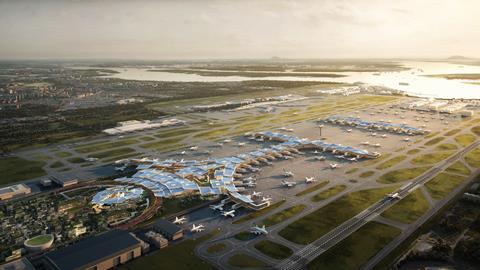
The series of projects are expected to be completed before its Terminal 5 is operational in the mid-2030s. The mega-terminal project will resume construction in 2025, after a pause during the Covid-19 pandemic.
When operational, Terminal 5 will provide a significant capacity boost to Changi – it is able to handle up to 50 million passengers annually.
On funding for the projects, CAG says passenger fees will “gradually” be increased over the next few years for travellers departing the city-state and those in transit.
For airlines, CAG will raise landing, parking and aerobridge charges from 1 April 2025. For instance, charges for an Airbus A320 – now at S$1,200 – will go up by S$110 per landing for the first three years, before increasing by S$65 per landing for the subsequent three years.
CAG says it will consult with airlines regarding the fee hike and will impose a 50% rebate on the fee increase for a six month period from 1 April 2025.
IATA was quick to take issue with the charges.
“While we appreciate the efforts of [the Civil Aviation Authority of Singapore] and CAG in engaging the industry in robust consultations over the last few months, any increase in charges is never good news for airlines and passengers,” says Xie Xingquan, IATA’s regional vice president for North Asia and Asia Pacific (ad interim).
“It will have an impact on airlines operations, as well as passenger demand, especially since the industry is still in recovery mode. We recognize there is a need to invest in airport infrastructure. What is key is to ensure that any charges increases are justified. And all efforts need to be made to minimize the impact on airlines, passengers, and the Singapore hub.”

